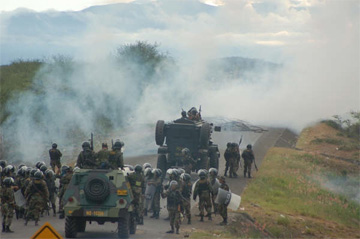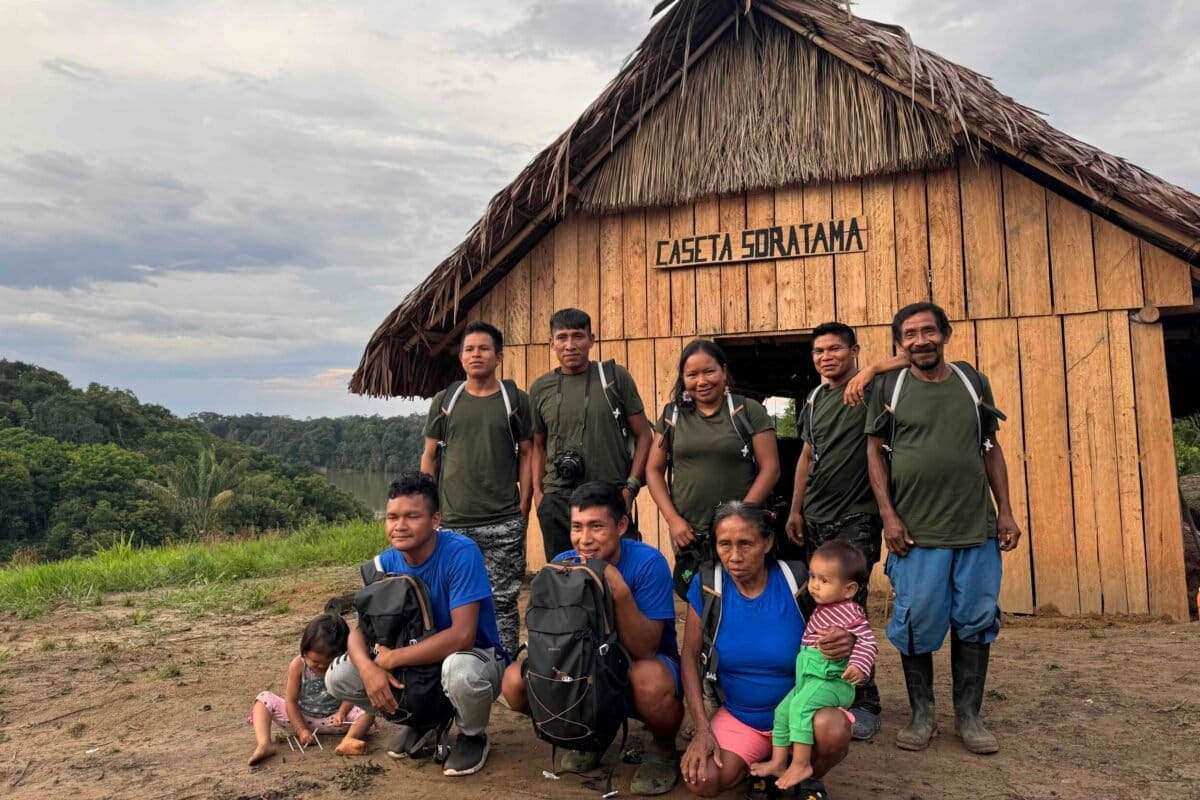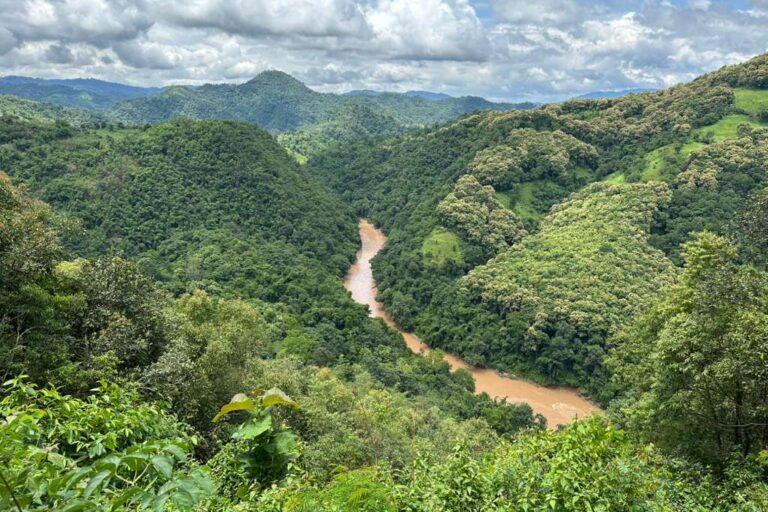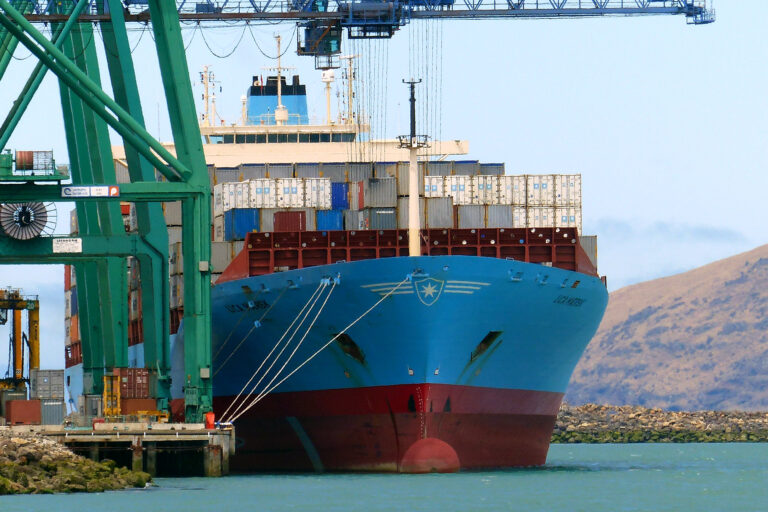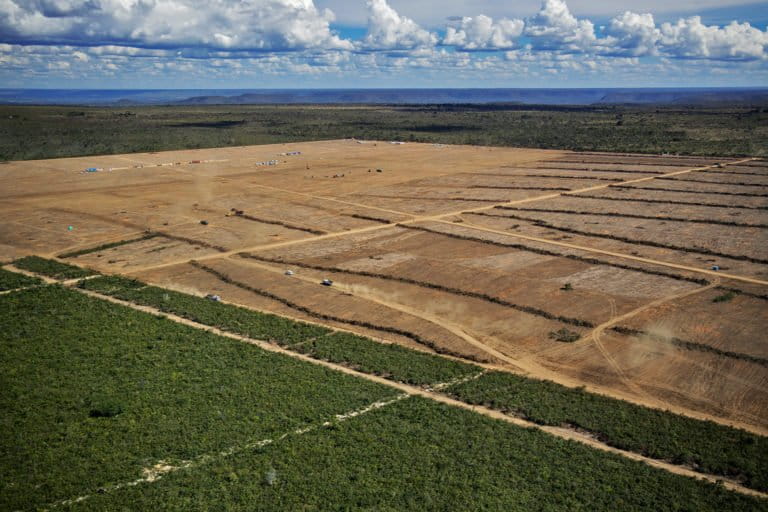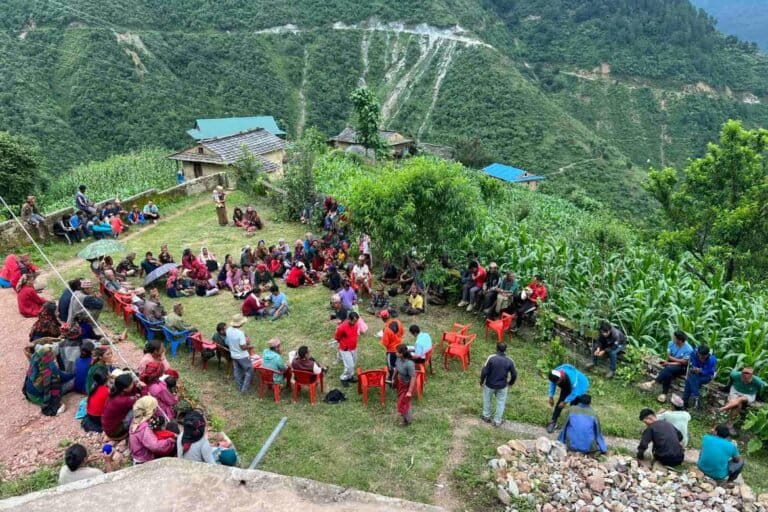Peru’s Congress revoked two controversial land laws that sparked violent conflicts between indigenous protesters and police in the country’s Amazon region. The move temporarily defuses a two-week crisis, with protesters agreeing to stand down by removing blockades from roads and rivers.
Congress voted 82-14 Thursday to overturn legislative decrees 1090 and 1064, which would have facilitated foreign development of Amazon land. Indigenous groups said the decrees threatened millions of hectares of Amazon rainforest and undermined their traditional land use rights.
Decree 1090, the forest and wildlife law, removed protected status from some 45 million hectares of Peruvian forest. Decree 1064 made it easier for companies with concessions to get changes in zoning permits directly from Peru’s central government, without needing approval of local communities, according to Reuters. Eight other decrees remain in place. The decrees were issued by President Alan Garcia last year in order to implement a free-trade pact with the United States.
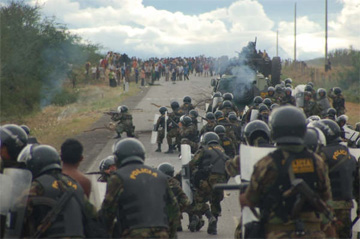
|
“Today is a historic day,” said Daysi Zapata, acting president of AIDESEP, Peru’s national Amazonian indigenous organization. “We are grateful that the will of the indigenous peoples has been heard and we only hope that in the future governments listen and attend to indigenous peoples, and not legislate behind their backs.”
While the repeal of the decrees has been hailed as a victory for indigenous groups, some observers question whether the root issues have been addressed.
“Will repealing the laws solve the problem? I doubt it,” said a Peruvian journalist who asked not to be named. “The issues underlying the conflict are a) inclusion of indigenous people, who have been excluded for 500-plus years, in the country’s social, political and economic life, and b) visions of how the Amazon should be developed.”
“García published an essay in Oct 1997 in which he basically slammed indigenous people and environmentalists for promoting the protection of ‘idle’ land in Amazonia when those resources could be developed to alleviate the country’s high levels of poverty. That pretty much defines his view of natural resources. The only hope for a middle ground is a system of payment for environmental services, but I’m not sure that will be enough to stem the tide of fuel crops, timber and oil and gas prospecting.”
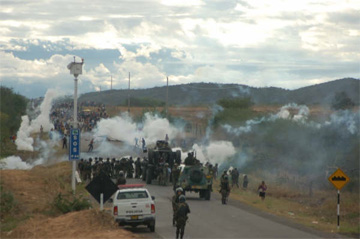 Photo © 2009 Marijke Deleu |
The Peruvian government has recently signaled interest in the emerging payments for ecosystem services concept embodied in REDD, a proposed mechanism for mitigating climate change by reducing emissions from tropical deforestation. Under the measure, industrialized nations would pay developing countries to conserve their forests.
But Peru’s approach on the issue has so far been disjointed and perhaps at odds with indigenous people, who have had little say in the process. Further, in its initial proposal, the government has offered a pittance to indigenous communities for maintaining their forests — 5 soles per hectare ($0.68/acre) on land that stores hundreds of tons of carbon and could be worth hundreds to thousands of dollars in a global carbon market.
“The ministry hasn’t really talked about the proposal with the indigenous communities – a lesson I hope they’ve learned by now,” said the Lima-based journalist.
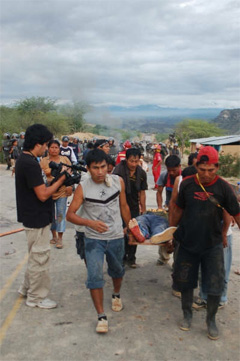 Photo © 2009 Marijke Deleu |
In addition to overturning the two most controversial decrees, the government has agreed to engage in dialog with indigenous citizens, forming a working group. It has also canceled the state of emergency, which implemented martial law and a media blackout in several Amazon provinces.
Analysts expect President Garcia to reshuffle his cabinet next month. Yehude Simon, Garcia’s cabinet chief and a lightning rod for criticism during the crisis, has already said he will step down.
Garcia has also admitted mistakes in the handling of the protests, which violently escalated when he ordered in federal police to remove a road blockade near the town of Bagua. Two dozen police officers and anywhere from 10 to 140 protestors (numbers have yet to be confirmed) where killed during the confrontation.
“There comes a time to recognize that there were a series of errors,” he said in a speech last week.
Additional commentary from a Peruvian biologist
- Unfortunately, much of the problem regarding environmental and cultural protection in Peru results from the way in which the government operates. Many of Peru’s protected areas and indigenous preserves are also concessions for mining, logging, and oil and gas extraction. Most protected areas in Peru (except of national parks and historical sanctuaries like Machu Picchu) fall under the category of “direct use” which allows for extraction of resources. How does this work? Apparently, the general idea is that anything above the soil is protected while anything below the soil is extracted. Some people see a problem with this logic, though obviously not everyone does.
- Many of the decrees that generated the clashes we witnessed in the past weeks were declared as “inconstitucionales” (i.e., against the constitution) by the major indigenous organization in Peru (Asociación Interétnica de Desarrollo de la Selva Peruana, AIDESEP), which represents more than 350,000 indigenous people (some sources cite a number closer to 400,000) from approximately 1,250 communities in the Peruvian Amazon. Those decrees are against the rights of indigenous people, go against several international conventions (Convenio 169 de la Organización Internacional del Trabajo, OIT; Artíclo 19 de la Declaración de Naciones Unidas sobre Derechos de los Pueblos Indígenas), and would facilitate the expansion of the agricultural frontier. Some of the decrees would facilitate the acquisition of large tracts of land by Peruvian and foreign companies, who would/could establish large-scale agricultural operations such as cultivation of crops for biofuel production.
- Some policy-makers in Peru (even including some at SPDA) claim that giving more than 70% of the Peruvian Amazon in concession for oil and gas extraction will reduce illegal logging and overall land-clearing. I think that people are confounding the cause and effect of different aspects of resource extraction. Small-scale illegal logging operations are occurring everywhere and will not stop because large oil concessions are awarded by the government. Lack of strict control of wood origin, local poverty, and world-wide demand for fine tropical woods are some of the factors promoting illegal logging. If the government wants to stop or, at least, slow down illegal logging, it should ban the commerce of some species of trees (e.g., cedar and mahogany). Alternatively, the government should increase its efforts in reforestation of deforested lands and provide incentives for sustainable agriculture. Palm oil plantations and crops used to generate fossil fuels are not a good alternative either, as they can also promote deforestation of more land. The cultivation of those crops should only be allowed in deforested lands.
- While president García and politicians who support him claim that oil and gas extraction will benefit most of Peruvians, the fact is that a very small portion of the population will benefit from it. Local people, in most cases in indigenous communities, rarely see the benefits from large-scale operations. On the other hand, many people of various origins (including many recent migrants that moved from the Andes in search of jobs) have their share in the responsibility or environmental degradation. Most resource-extraction operations (e.g., illegal logging, gold mining) are being conducted without control and are negatively affecting Amazonian ecosystems.
- Like other scientists working in Amazonian Peru, I have been conducting research in different protected and non-protected areas in southern and central Peru. Our main study area is the Los Amigos Conservation Concession, which contains an internationally-renowned field station that is extremely productive scientifically. In addition to successfully conserving regional biodiversity and the entire watershed of the Los Amigos river, the concession plays an important role in preventing access to lands (upriver) used by indigenous people who live in voluntary isolation. The Los Amigos concession, though it was granted for conservation in 2000, is also for sale or “en promoción” as seen on the 2009 map of oil concessions in Peru. This area is additionally at risk for resource extraction because Peruvian law protects everything above the soil but allows for extraction of what is beneath the soil. How is the integrity of a protected area and/or conservation concession maintained when the government will allow that very same piece of land to concurrently be sold as an oil concession? The conservation value of this area is immense as it serves as a biological corridor connecting large protected areas in the northwestern part of the region and the southern part. However, we still need an additional connection between Los Amigos and the protected areas in the southern part of the region (Tambopata National Reserve, Bahuaja-Sonene National Park).
Related
(06/06/2009) More than 70% of the Peruvian Amazon has been allocated for oil and gas extraction, and the current government of Alan Garcia has been pushing for more. Unfortunately, as usual, these policies are promoted by and only benefit a handful of people, but negatively impact the lives of many. However, Garcia’s government did not foresee the potential consequences of their actions.
Tribes in Peru to get $0.68/acre for protecting Amazon forest
(06/03/2009) Indigenous communities in Peru will be paid 5 soles ($1.70) per hectare ($0.68/acre) of preserved forest under a new conservation plan proposed by Peru’s Ministry of Environment, reports the International Tropical Timber Organization (ITTO) in its bi-monthly update.
Peru may take military action against Indians protesting Amazon energy development
(05/19/2009) Indigenous protesters have stepped up demonstrations over the Peruvian government’s moves to support energy development in the Amazon rainforest, reports Reuters.



